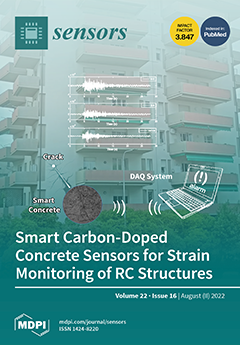This paper presents an automatic recognition system for classifying stones belonging to different Calabrian quarries (Southern Italy). The tool for stone recognition has been developed in the SILPI project (acronym of “
Sistema per l’Identificazione di Lapidei Per Immagini”), financed by POR Calabria FESR-FSE 2014-2020. Our study is based on the
Convolutional Neural Network (CNNs) that is used in literature for many different tasks such as speech recognition, neural language processing, bioinformatics, image classification and much more. In particular, we propose a two-stage hybrid approach based on the use of a model of
Deep Learning (DL), in our case the CNN, in the first stage and a model of
Machine Learning (ML) in the second one. In this work, we discuss a possible solution to stones classification which uses a CNN for the feature extraction phase and the
Softmax or
Multinomial Logistic Regression (MLR),
Support Vector Machine (SVM),
k-Nearest Neighbors (kNN),
Random Forest (RF) and
Gaussian Naive Bayes (GNB) ML techniques in order to perform the classification phase basing our study on the approach called
Transfer Learning (TL). We show the image acquisition process in order to collect adequate information for creating an opportune database of the stone typologies present in the Calabrian quarries, also performing the identification of quarries in the considered region. Finally, we show a comparison of different DL and ML combinations in our Two-Stage Hybrid Model solution.
Full article






